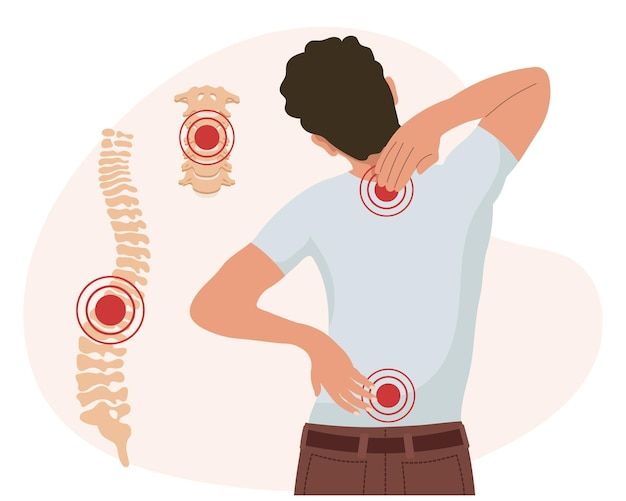
Once considered ailments of aging, back and knee pain are now plaguing people in their 20s and 30s. Insurance data and medical reports reveal a rising number of young adults seeking treatment for chronic joint and spinal discomfort. But what’s behind this early onset of pain? Experts weigh in.
1. Sedentary Lifestyle: The Silent Agitator
From long office hours to endless screen time, today’s generation moves far less than previous ones. “We’re designed to move,” says Dr. Pankaj Walecha, Director & Head, Robotic Knee & Minimally Invasive Hip Replacement. “Prolonged sitting weakens core and leg muscles, reduces flexibility, and strains the spine. Over time, the supporting muscles around the knees and back become deconditioned, leading to pain and stiffness.”
2. Tech Neck and Poor Posture
Constant smartphone scrolling and laptop slouching have given rise to what doctors call “tech neck” and “screen slouch.” Hours spent leaning forward or looking down can create chronic neck, shoulder, and back tension. “This repetitive posture imbalance causes structural strain, resulting in persistent discomfort that mimics age-related pain,” explains Dr. Walecha.
3. Extra Weight and Lifestyle Habits
Modern diets, irregular sleep, and stress-driven snacking are contributing to rising obesity among young adults. Even modest weight gain adds significant stress to the knees and spine. “When you combine poor diet, lack of exercise, and high stress, it’s a perfect recipe for pain and fatigue,” Dr. Walecha adds.
4. Fitness Injuries from Overtraining
Ironically, the fitness boom has its downside. Many young adults dive into intense workouts or sports routines without proper guidance or conditioning. “Sudden heavy lifting, high-intensity workouts, and poor form often lead to joint strain or injury,” says Dr. Walecha. “Skipping warmups, stretching, and rest days only worsens the damage.”
5. Mental Stress and Muscle Tension
Chronic stress doesn’t just affect the mind — it also manifests in the body. “Anxiety and emotional strain cause muscle tightness, particularly in the back and neck,” notes Dr. Walecha. “Young professionals juggling careers, studies, and family responsibilities often carry invisible tension that translates into physical pain.”
How to Protect Your Joints Early
The good news? Most early joint and back pain can be prevented. Simple lifestyle shifts go a long way:
- Take movement breaks every 30–45 minutes.
- Maintain proper posture at your desk.
- Prioritize stretching, hydration, and sleep.
- Exercise regularly but train smart — focus on form, not just intensity.
The Bottom Line
Knee and back pain are no longer just signs of aging — they’re symptoms of modern living. Technology dependence, poor posture, stress, and lifestyle imbalances are fast-tracking physical decline among young adults. With mindful habits and early prevention, it’s possible to reverse the clock — and keep your joints feeling 25, not 40.



